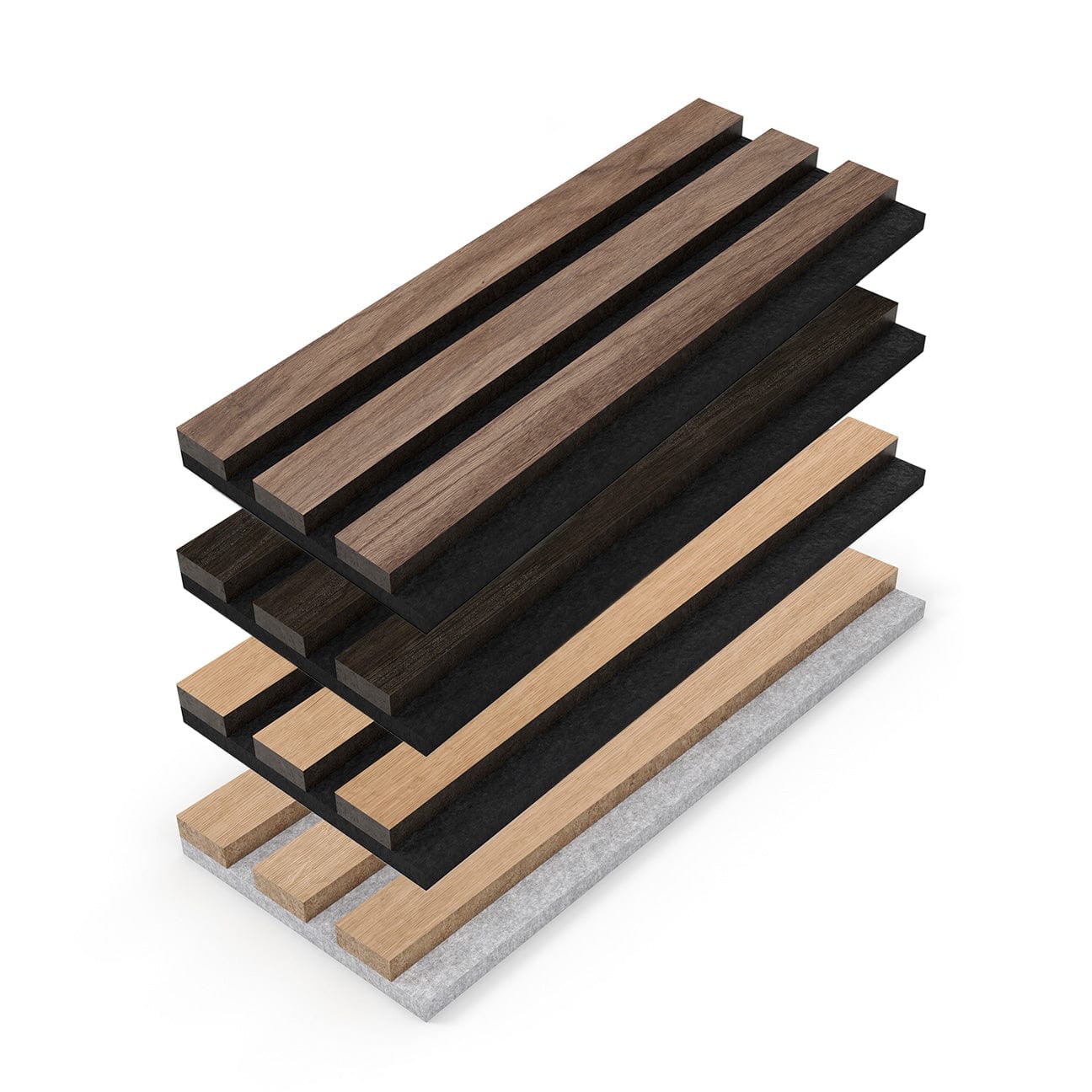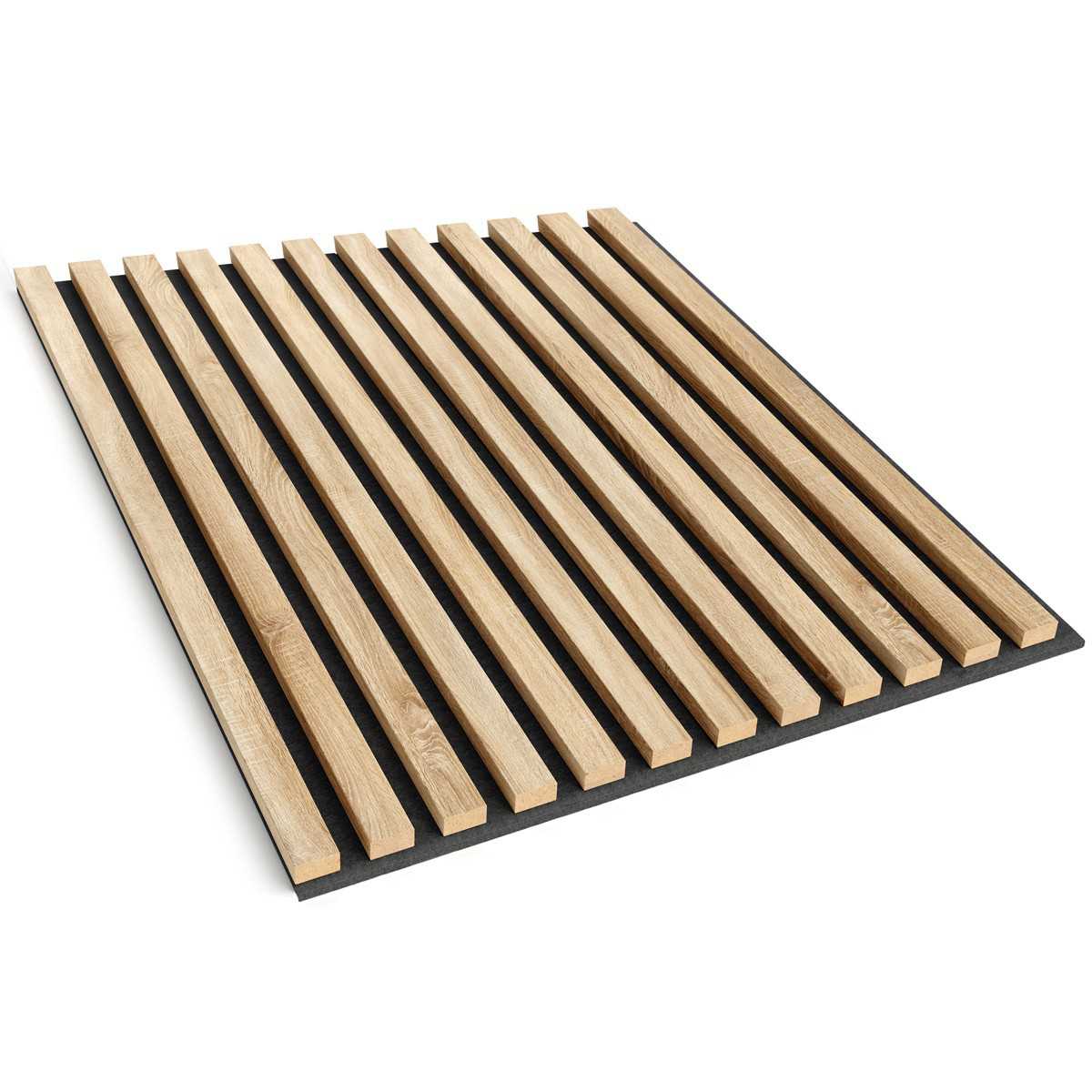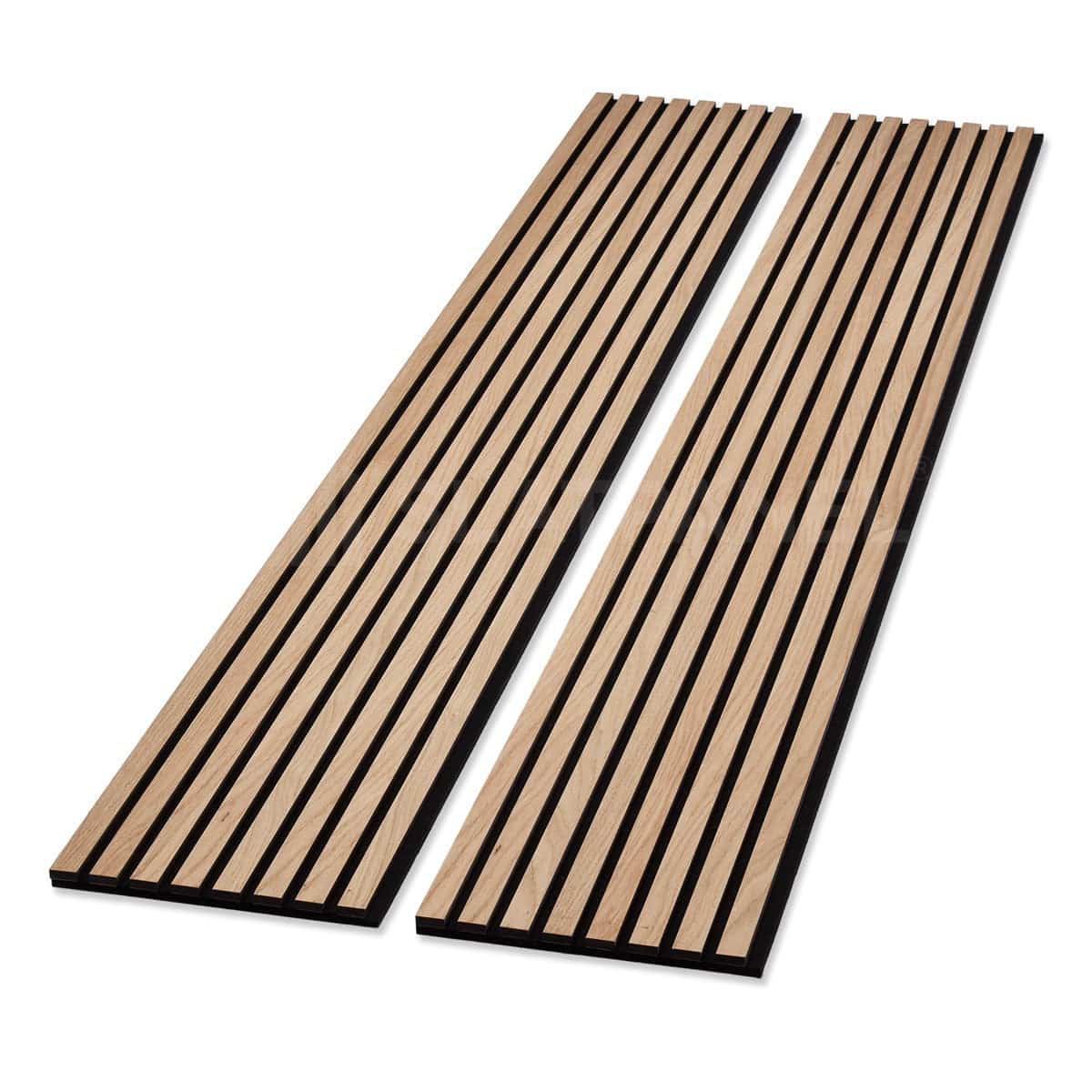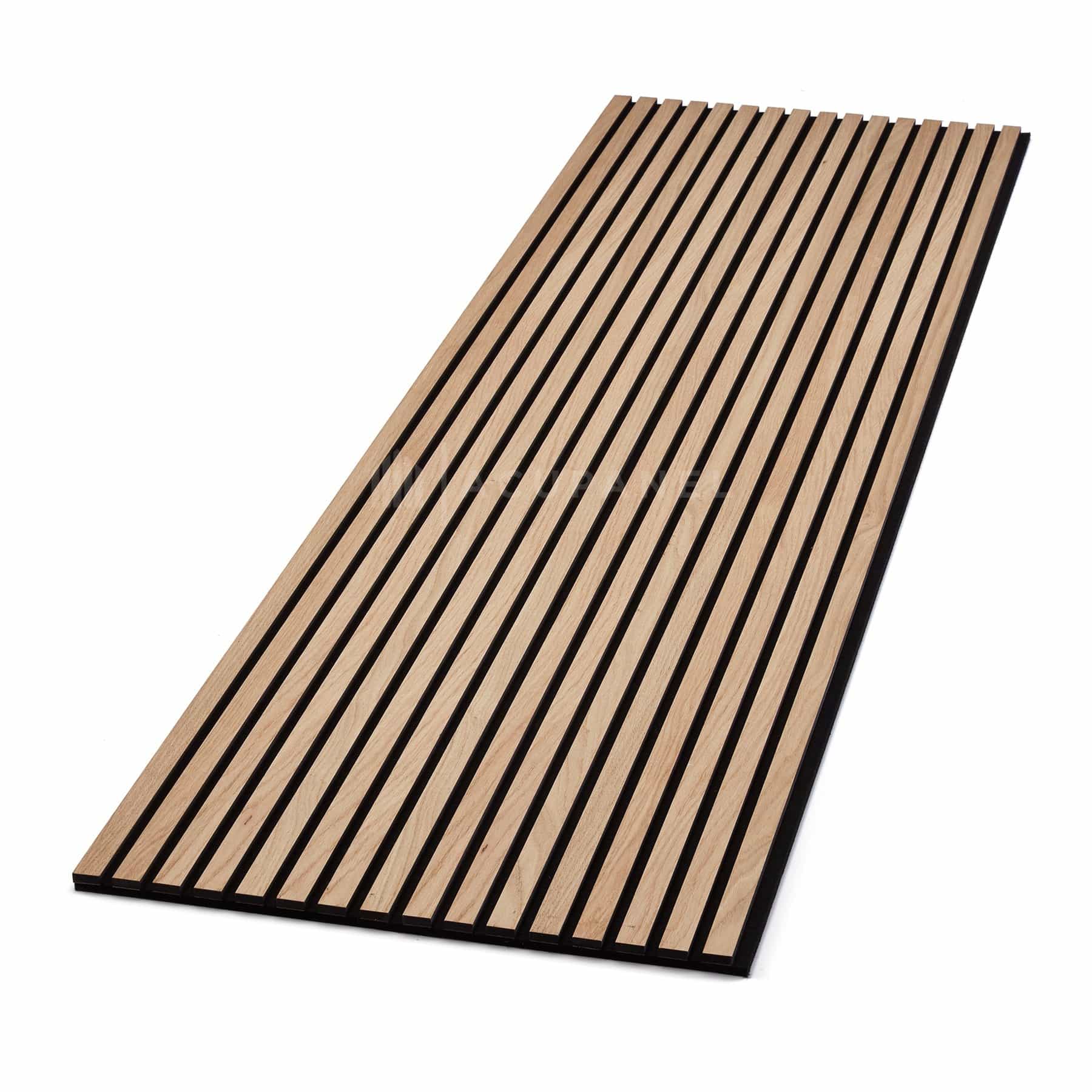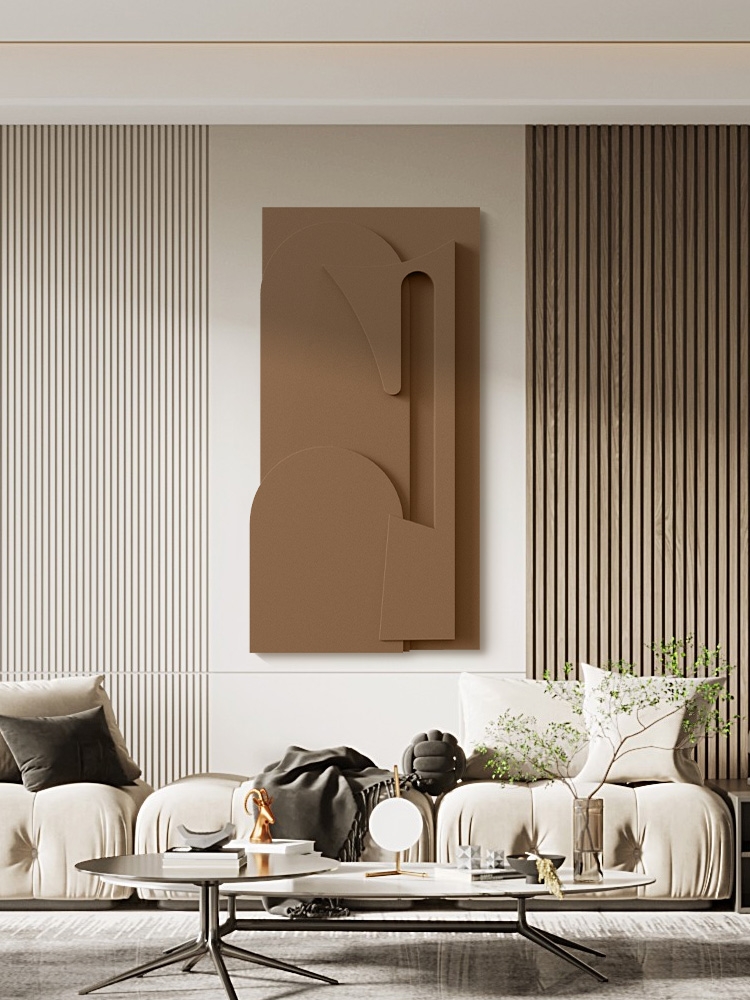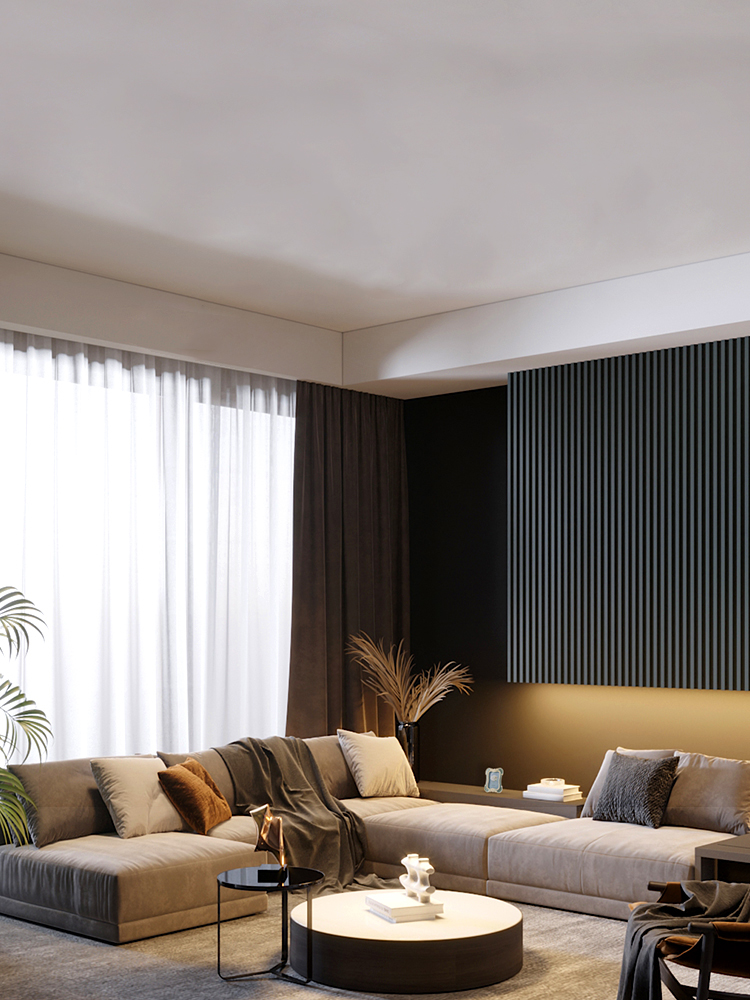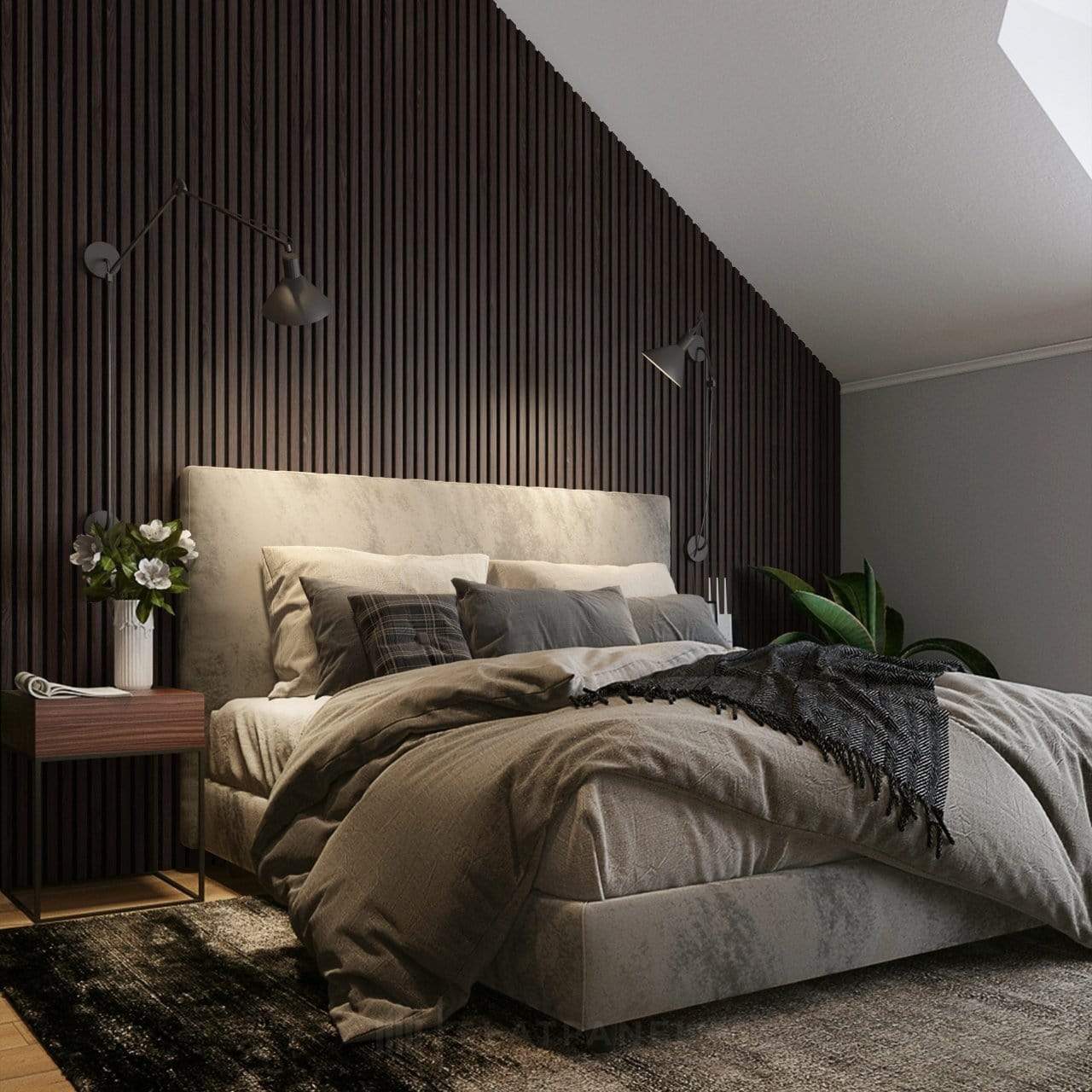Are you irritated by the echoes and noises in your home studio or office? Noise pollution can take a toll on people's concentration, affecting their productivity, creativity, sleep, and much more. However, you can combat this problem with the help of acoustic panels, strategic furniture placement and textile choices, and a few other methods that we’ll cover.
You must be thinking, how do acoustic panels work, and is it worth placing them in my home or office? Well, fret not. Today we’ll cover all you need to know about what acoustic panels are, how they work, different types, benefits, tips, tricks, alternatives, and much more.
What are Acoustic Panels?
Acoustic panels are products designed to reduce sound reverberations (also known as echo) in interior spaces. They are typically made from porous materials that are designed to absorb sound waves, rather than reflect them, such as fabric, felt, foam, and even wood or fiberglass.
Because aesthetics are often almost as important as acoustics, acoustic panels come in all shapes, sizes, and designs, so you can also use them to decorate your space. Standardized acoustic panels are mostly made in rectangular and square shapes for simplicity of installation, but they’re often customizable, either on-site or in-house if you’re having them custom made (this is more common with large, commercial jobs like office buildings, banquet halls or government buildings).
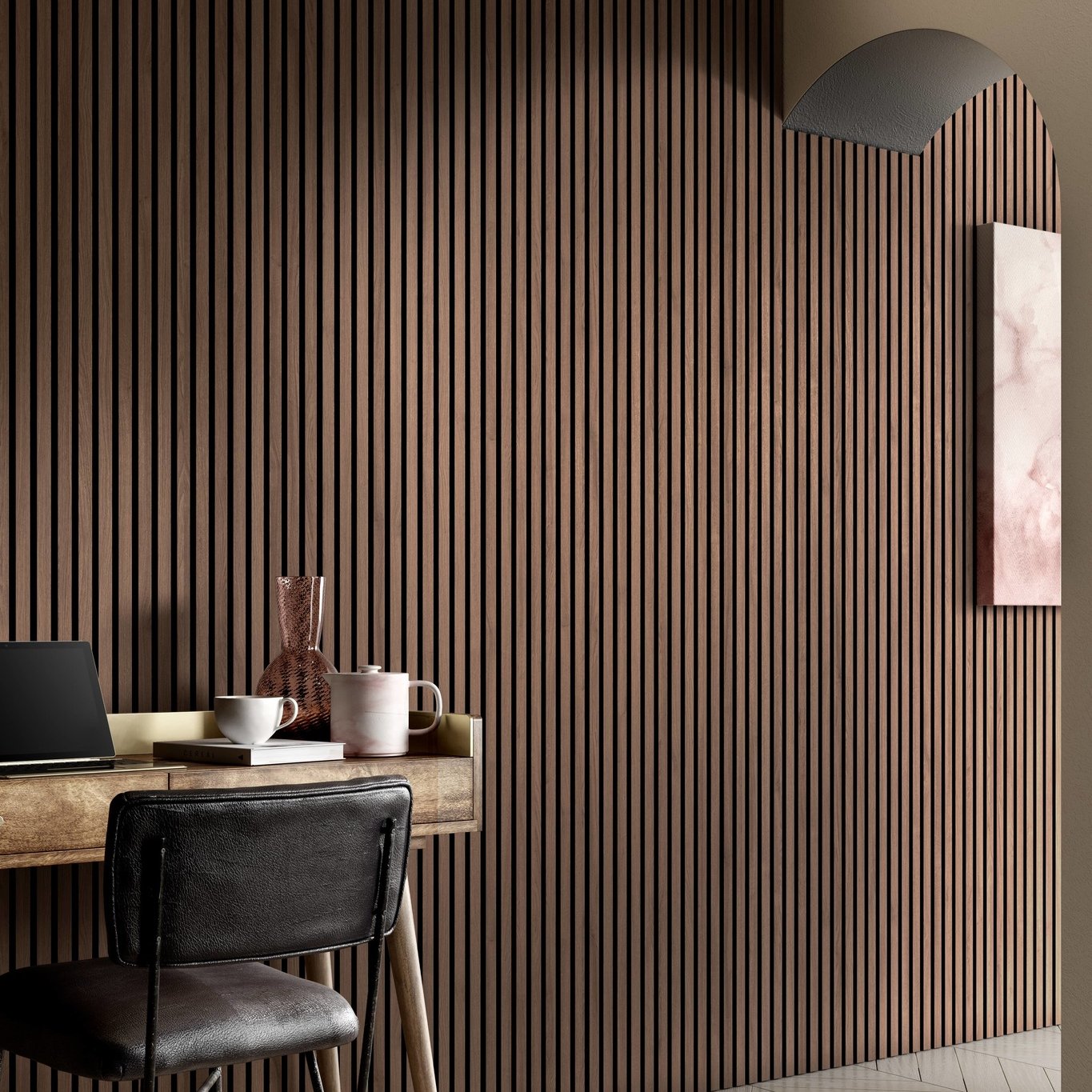
Not only do they absorb sound, but many acoustical panels also boast thermal properties, meaning they can partially insulate your space to maintain a more consistent internal temperature.
The installation of these panels is quite easy, and they are usually installed in a wide range of settings, including offices, home studios, restaurants, and movie theaters. However, people also use them in their kitchens, dance studios, study rooms, and bedrooms for decorative purposes.
How do Acoustic Panels Work?
The science behind acoustic paneling is quite straightforward. When sound waves hit a hard surface, they bounce off and reflect back into the room, causing echoes and a long reverberation time. Acoustic panels work by absorbing the sound waves, rather than reflecting them. When sound waves hit an acoustic panel instead of a hard surface like drywall or concrete, they enter the porous material of the panel and get trapped inside, dramatically reducing the amount of sound that is reflected back into the space. Because of this process, echos and sound reverberations are significantly reduced.
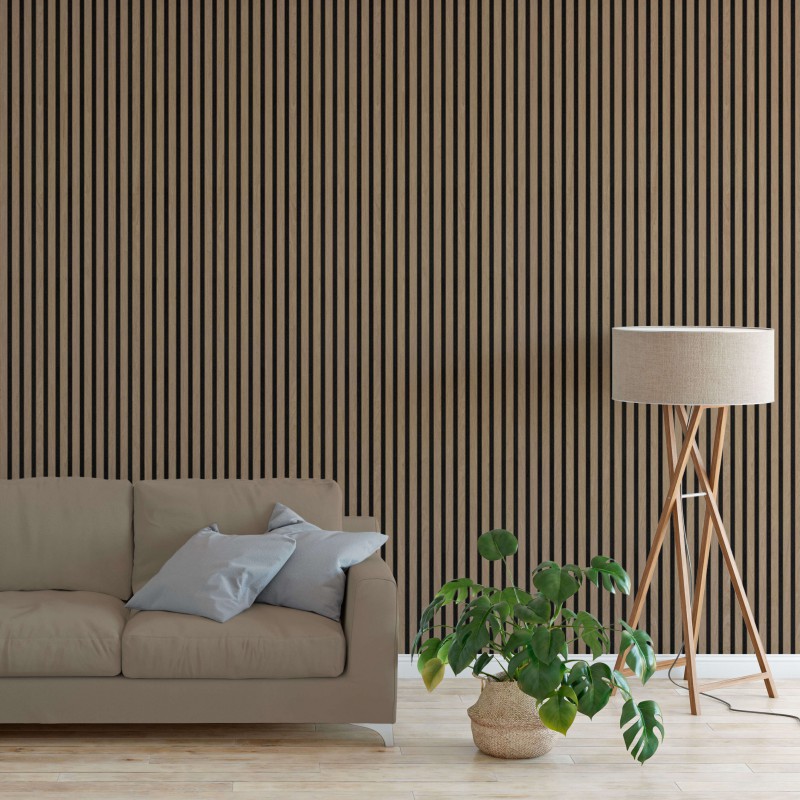
How to Choose the Right Acoustic Panel?
There is a way to measure how absorptive an acoustic panel is, and the rating is known as the Noise Reduction Coefficient, or NRC for short. When shopping for acoustic panels, always look for the NRC rating, as this will tell you approximately how much an acoustical panel will absorb sound in your space.
NRC ratings are usually between 0.0 and 1.0, but due to the testing method used (ASTM C423) ratings can sometimes be even higher. This is moreso a limitation of the test method (which can have marginal errors to account for the 3D nature of a testing surface) rather than the material being tested.
Regardless, a simple rule of thumb is this: the higher the rating, the more sound absorbed. Another good way to remember it, is the NRC rating is the percentage of sound that will be absorbed by the product. 0.7 NRC? 70% noise reduction.
A concrete wall usually has an NRC rating of about 0.05, meaning that 95% of sounds that hit that wall will be bouncing back into the space. However, something like a wood acoustic wall panel can boast an NRC rating of 0.85 or higher, meaning that about 85% of sound waves that hit the panel will be absorbed, rather than reflected back into the space.
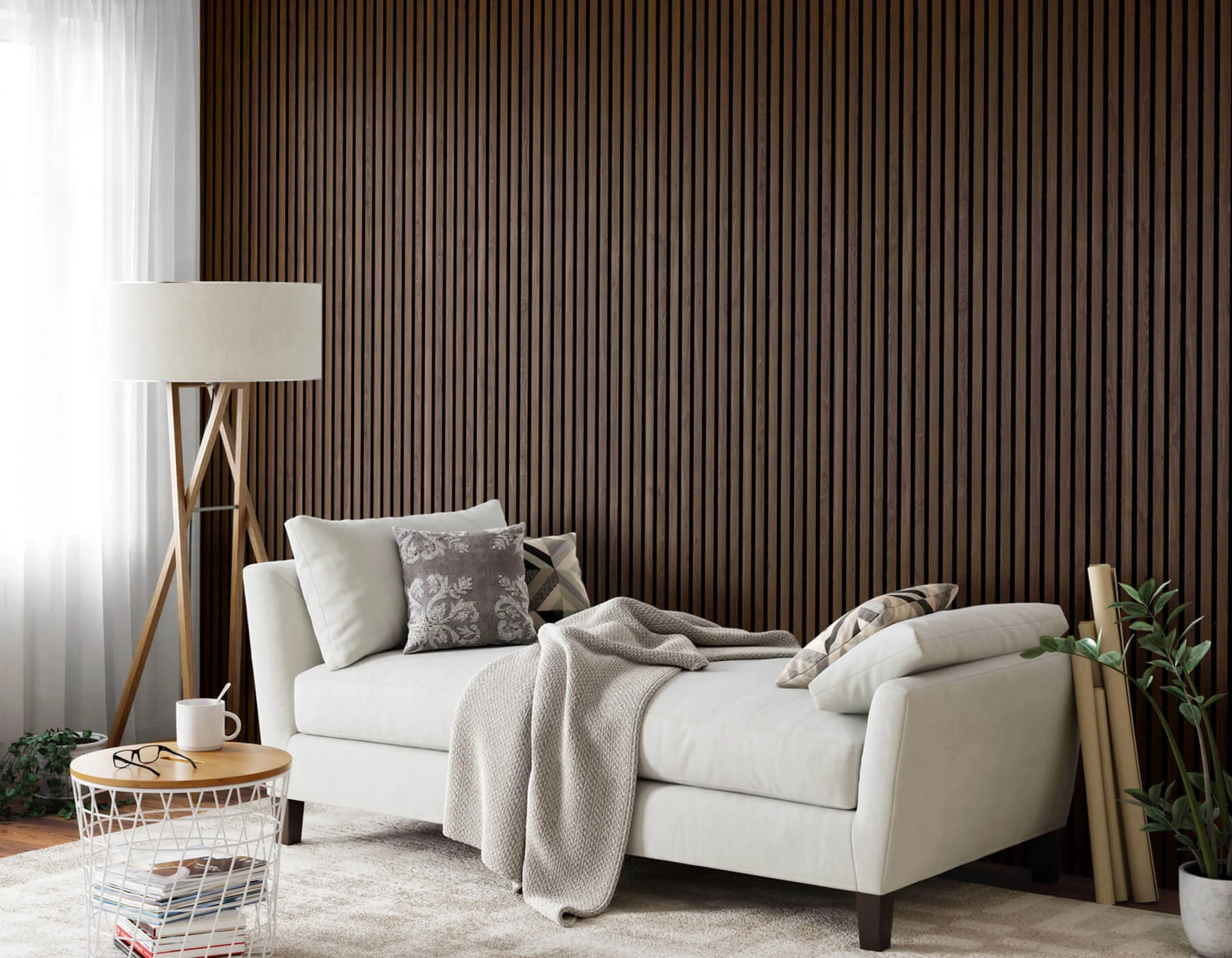
Post time: Dec-11-2023


